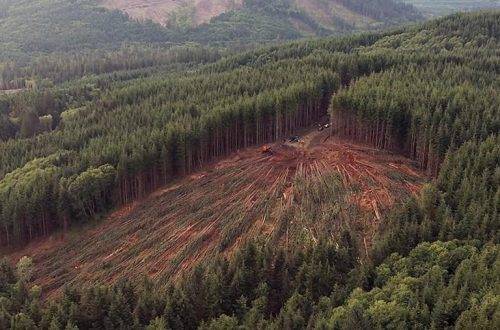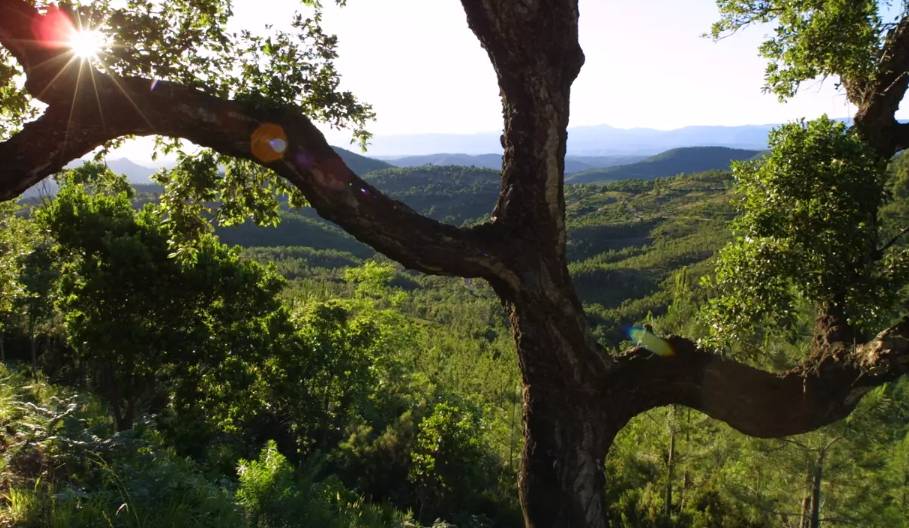
How to reconcile ecology and economy in the management of our forests?
It is hard to imagine: the Alpes-Maritimes and the Var are two-thirds covered by forests. In these departments among the most wooded in France, 64% of the territory belongs to the kingdom of trees. They represent 400 million “stems”, at least 1.3 meters high and 7.5 centimeters in diameter.
This resource is also the least exploited in France. Difficult access for cutting and transport, species that are less easy to recover, are the main causes. But the diversity of our forests, their resilience and a few changes in thinking can be game-changing.
Extensive forests
Forests are the pillar of rich ecosystems, threatened every summer by forest fires, in the southernmost departments of France. In recent years, new pressures have emerged as a result of climate change. In this context, organizing forest management that preserves the resource is an objective on all levels, economic and ecological.
Pines, oaks and larches are the most common trees in the Côte d’Azur and Var regions. Rustic, resistant to heat as much as to lack of water, these hardwoods and softwoods make up exceptional landscapes.
From the spectacular Estérel massif, whose pines standing on volcanic rock overlook the Mediterranean, to the almost mystical Sainte-Baume massif, where centuries-old oaks rub shoulders with a forest of beech trees, relics of earlier times.
Elsewhere, the forest goes from the Mediterranean to the Alps, from zero to 2,000 meters above sea level. On the slopes of Mercantour, the larch forests herald the mountain climate and the first mountain pastures.
Less wood cut
Wood has several outlets, energy, industry, construction. But despite this undeniable heritage, the forests of the Var and the Alpes-Maritimes remain “under-exploited”. They represent respectively 20% and… 2% of the wood harvested in Paca.

For its part, the Region displays, on average, 89 cubic meters of wood harvested per hectare and per year. This is already two times less than the national average which is 174 cubic meters.
The report is drawn up by Nathalie Derrière, head of the forest inventory results department at IGN, the National Institute for Geographic Information.
“It is the volume sampled among the lowest in France, the quantities are low. Exploitation is made difficult by several factors. The grounds are often sloping and difficult to access. And trees, less economically profitable.”
If the trees are smaller than elsewhere, it is precisely because of the Mediterranean climate: in addition to the summer heat, there are long periods of drought, winter and summer. With the additional difficulties of access, the two departments are little Thumbs in the production of wood.
“A crooked holm oak is not going to be very interesting as a material, for a frame for example.”
“Even for firewood, logging will not necessarily be easy or profitable”, further illustrates Nathalie Derrière.
Between firewood and construction wood, there is a value ratio of 1 to 6, according to professionals.
And yet, things have been changing for several years. A (re)born industry is working to identify forest resources, identify professionals, coordinate forest owners, and launch projects.
A diverse forest
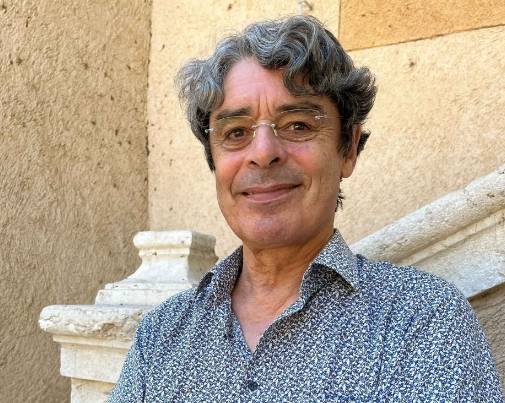
What makes our forests rich is also what makes them difficult to exploit. Already, by the number of species present:
“In the region, the forest is diversified, that is to say that there is a great variety of species, few forests are planted with only one species ”, explains Olivier Gaujard, the president of Fibois Sud, which brings together players in the regional forest and wood sector.
“Another characteristic, the young shoots rub shoulders with trees that are in their twenties and aging trees. Management is mainly done in uneven high forest: the foresters mark the trees one by one.”
This principle of “irregular high forest” avoids the pitfall of clear cutting, which is “more and more resented by citizens”, observe timber professionals, and is even becoming “a taboo”. Instead, we practice “clearings”, localized.
No industrial forest in the region
This collection method is obviously less profitable.
“It is less easy to harvest, reacts Olivier Gaujard, but it is essential because biodiversity is a bulwark against the attack of diseases or parasites.”
A guarantee of resilience for the future.
However, would our forests risk being exploited more intensively?
“In theory, it could be feared where access is easiest. But in practice, we can consider that there is no industrial forest. Here, it is totally different from the Landes.”
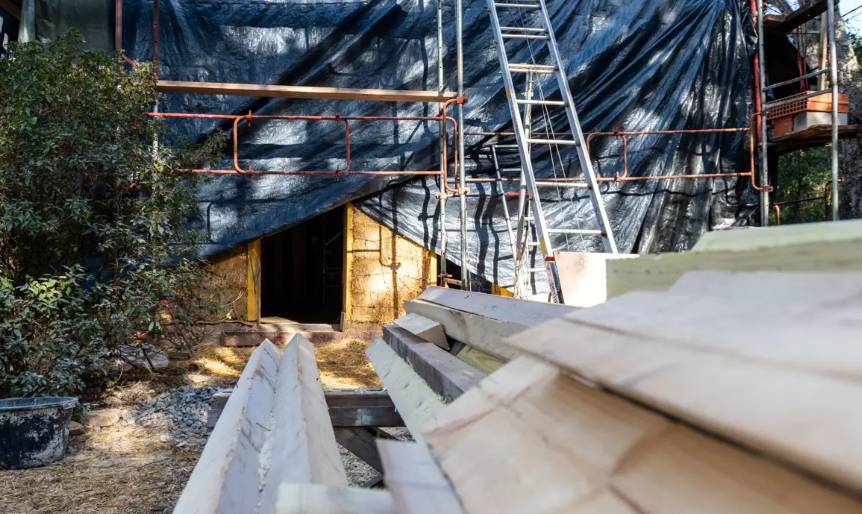
Don’t compare
Above all, do not try to industrialize the forest, this is the credo of Loïc Frayssinet, local resources coordinator at the Ecobatissons association.
“The Mediterranean forest will hardly remain profitable. We have a hilly forest, which grows more slowly. So we will not be competitive with the northern forests.”
The association provides training for professionals and individuals. At the end of January, a two-day session on the theme “from tree to beam” will show tree marking and skidding. Before moving on to the sawing stage, a month later.
A resilient forest requires diversity
“Our approach is to promote small volumes, locally, explains Loïc Frayssinet. For a resilient forest, there needs to be diversity, not only in the forest, but also in the way it is managed. This is also called a “mosaic forest”. We don’t do the same thing everywhere. It is much more interesting for adaptation to climate change.”
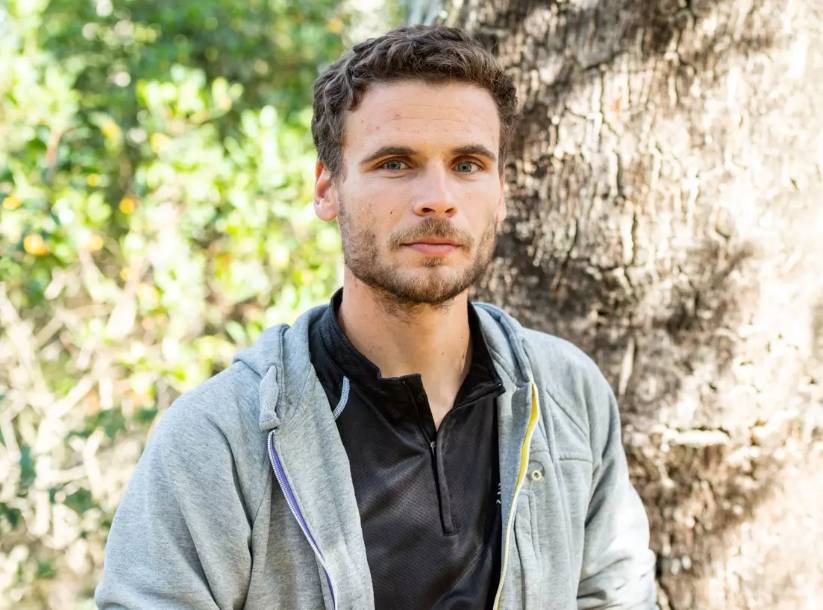
Which species, or subspecies, will best resist heat, lack of water? Also, cedar is appearing in plantations. “In the south, the owners are looking to plant cedar, which is resistant”, attests the IGN.
“Cedar is resilient to climate change, we are doing the mechanical characterization work to use it in structural wood”, abounds Olivier Gaujard, at Fibois Sud.
The revival of the Aleppo pine
It is an emblematic species of the Mediterranean forest which is regaining letters of nobility.
“Some Scots pines or silver firs show signs of fragility due to climate change. On the other hand, we have a particularly resilient species, it is the Aleppo pine, further details Olivier Gaujard. For five years, we have been working to promote it.”
So how do you use a wood that can be carried by a tall tree, but often forgets to grow straight?
“The Aleppo pine is transformed into glued laminated wood, which allows the use of short lengths and small sections. It has very good mechanical characteristics.”
The Grail is the “standardization” process, which brought the Aleppo pine into the catalog of forest species characterized for wood construction.
“We have a lot of Aleppo pines available, around the Mediterranean, and its geographical area is spontaneously developing.”
An essence naturally adapted to its environment.
What professionals need today is “public commission”, does not hesitate to say Jean-Marie Haquette, who became an architect after having been a carpenter “amazed by the sensual contact with wood”.
“For the local sector, what is missing is the use of local wood. Sawmills exist, local wood too.”
Such a structure, unimaginable 20 years ago
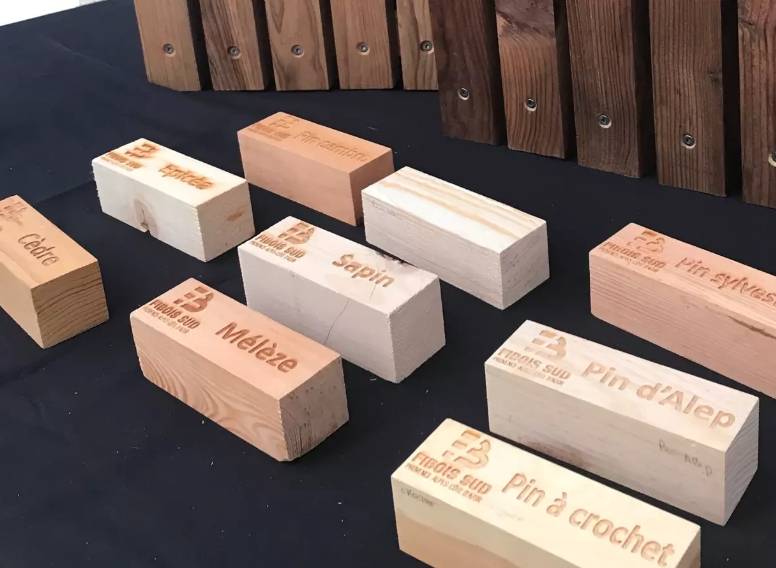
He takes as an example the recent wooden building, on nine floors, delivered in Nice in 2020, the Palazzo Méridia. Built with French wood, essentially.
“Building such a wooden structure, 35 meters high, we would never have imagined this type of project twenty years ago. It shows that we have the skills. We need the will of project owners, the political will to do exemplary things. Schools, colleges, wooden housing, it allows us to move forward.”
In the Region, forest mapping has been developed to promote the transport of wood, “from harvest to delivery points”. Thanks to Viaforest, 2,873 kilometers of roads have been identified, in the Alpes-Maritimes alone, “a tool for loggers, harvesters and managers”. This work on forest services is led by the Regional Geographic Information Center (Crige).
It is estimated that half of the volumes of standing timber are difficult to access, due to mountainous terrain and steep slopes. It is a very high proportion.
The unexpected treasures of the modest strawberry tree
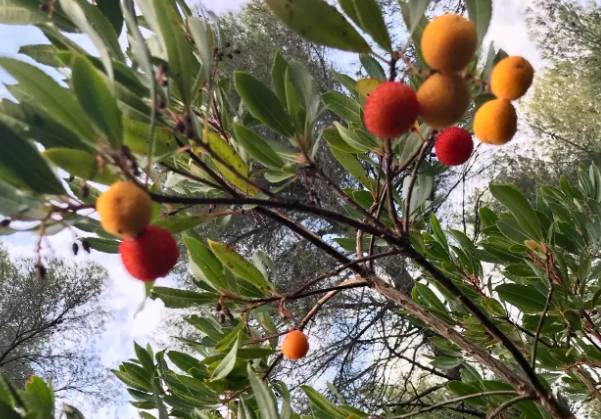
Another avenue for sustainable forest management is to turn to more unexpected, more modest species, such as the arbutus. With its taproot that buries the ground up to ten meters underground, the small Mediterranean tree is already a champion of resistance and resilience. It stands up to heat waves and survives the passage of fire.
But apart from a few jars of jam and honey, the “strawberry tree”, as it was sometimes called, did not seem to be buoyant.
“The strawberry tree is very present in southern Sainte-Baume, where it is found mixed in forest areas.”
Forest and energy transition project manager at the Sainte-Baume Regional Nature Park, Stéphanie Singh points to the fiery green foliage of an arbutus tree, under a large Aleppo pine.
“We worked on the idea of promoting non-timber forest products. The cuts are traumatic for the landscape and the diversity. They impoverish the ecosystem, expose the soil.”
By changing gear, the arbutus appeared from a new angle.
“It is a resource that can be valued at all levels. Root, bark, trunk, foliage, bud, flower, fruit. There, the owners were much more receptive.”
Studies supported by European funds
In the perimeter of the regional park, the forest is in clear growth, but scattered in the hands of some 30,000 private owners.
“The park encourages sustainable forest management among owners who do not think that their forest is a real heritage. We tell them that even with an arbutus tree, they have a role to play.”
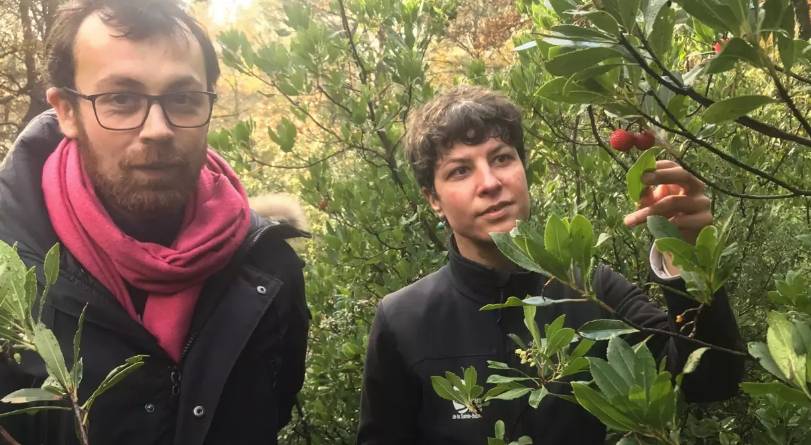
A study has been launched, with the support of European funds, for the development of micro-sectors, entrusted to the association Forest Model Provence.
“The particularity was the desire to enhance all the essence, in a global approach, supports Nicolas Plazanet, project manager at the association. This led us to do fundamental research on the chemistry of the tree, with a start-up in cosmetics, Nissactive in Grasse.”
Arbutus has undeniable phytosanitary, antioxidant and anti-aging qualities.
“A cosmetic component is in development, in particular with the flower bud.”
Research and development was needed for (reliable) arbutus beer recipes, because arbutus ferments very, very strongly.
“We haven’t got it all right, but it’s off the radar that research is finding interesting things.”
Ancient know-how rediscovered
The wood has passed through the hands of a cabinetmaker who practices an artisanal veneer of local wood, as well as a wood sculptor. The pink veins of this “soft wood” make it a niche product for artistic craftsmanship.
The Southern Region has shown its interest in a tree resistant to the effects of climate change. And who is recovering from the fires whose virulence is increasing. “There is a desire to boost forest management, also through non-timber products,” adds Stéphanie Singh.
A new approach?
“Let’s say rather, ancient knowledge rediscovered. All the essences that surround us are beneficial and already well adapted.”




